The power of artificial intelligence
According to the UNESCO Global Education Strategy 2025-2030, more than 70% of teachers worldwide are not fully equipped with technology skills and learning data management. Meanwhile, AI tools are increasingly taking over many of the traditional roles of teachers - from lesson planning, grading to online teaching.
In Vietnam, the trend of applying AI in schools is also increasing rapidly, especially after the strong digital transformation period after Covid-19. However, the reality shows that many teachers still have difficulty adapting to technology, when they have not been properly trained in digital capacity and new teaching methods. This raises a big question: who will be the teacher in the era of artificial intelligence - the one who is replaced or the one who leads? Besides the novelty, creativity and excitement of AI, there are concerns that if the education sector overuses technology in teaching and seeking knowledge, people will become lazy and lose their learning mindset.
According to UNESCO, education in the period 2025 - 2030 must aim at three pillars: quality - equity - suitability to the times. To achieve that, teachers are not only "teachers", but also "learning experience designers", helping students learn how to learn, not just memorize. When studying current educational trends in the world , Dr. Vu Viet Anh - General Director of Thanh Cong Academy commented, "AI cannot replace teachers, but will completely change the way teachers teach". Mr. Vu Viet Anh believes that the three essential competencies that teachers in the digital age definitely need to be nurtured include: Understanding and applying technology intelligently (knowing how to use AI to support personalizing learning, analyzing student progress data and adjusting teaching methods accordingly); Designing experiential learning journeys (turning the classroom into a creative space where students can participate in projects and practical situations, instead of just passively listening to lectures); Developing critical thinking skills and human qualities (helping learners know how to ask questions and analyze information - things that machines cannot do for humans).
Only a teacher can fill the “human gap”
A high school teacher in Da Nang shared: “AI can help me grade papers in 10 minutes, but it cannot teach my students how to live a kind life or see the world with love and compassion.” That is the “human gap” that only teachers can fill.
Thus, the teacher in the new era is not only a “knowledge transmitter”, but also a “learning experience designer” - someone who knows how to use technology to activate thinking, not to replace people. To achieve that, the policy of developing the teaching staff needs to be placed at the center of the national education strategy, focusing on three pillars:
In training teachers in digital technology and AI skills, teacher training colleges need to integrate modules on learning data, artificial intelligence in teaching, information security skills and digital ethics. Foster the capacity to design and manage learning experiences so that teachers know how to use technology tools to personalize learning, analyze student progress and design lessons based on real-life situations.
In addition, the State needs to issue a digital competency framework for teachers, incentive policies, encourage retraining and support resources for teachers to learn throughout their lives. An expert once commented: “If AI is a tool to help teachers access new knowledge faster, then policy is the factor that makes them stronger. Without the right training and investment policies, we will not have teachers capable of leading the AI generation.”
From a systemic perspective, Dr. Vu Viet Anh has a few recommendations for the Education sector to synchronously implement three transformation steps: “Awareness: Change the mindset about the role of teachers, not seeing technology as a threat, but as a tool to improve pedagogical capacity. Practice: Update teacher training programs towards integrating technology skills, data and flexible teaching methods. Transformation: Form a generation of “guide teachers” - those who are not only good at their profession but also know how to awaken students' potential in the digital world”.
At the Vietnam Education Innovation Recognition Day 2025 - 2026 held at Van Lang University, Ho Chi Minh City, Associate Professor, Dr. Nguyen Van Hien, Chairman of the Board of Directors of Hanoi National University of Education emphasized in his speech "Innovation - the journey with artificial intelligence in Vietnamese education": "Artificial intelligence cannot replace teachers, but becomes a companion, helping teachers to organize teaching and learning in a personalized direction, unlocking the potential of both teachers and learners; creating a dynamic, equal, and creative educational environment to serve the progress of each student and each school".
The future of global education depends on investing in teachers – not just in technology, but in vision and character. Vietnam has a golden opportunity to take the lead in the region if it soon implements a strategy to train teachers to adapt to AI. Because in an era where machines can teach knowledge, it is teachers who will teach humanity how to be human.
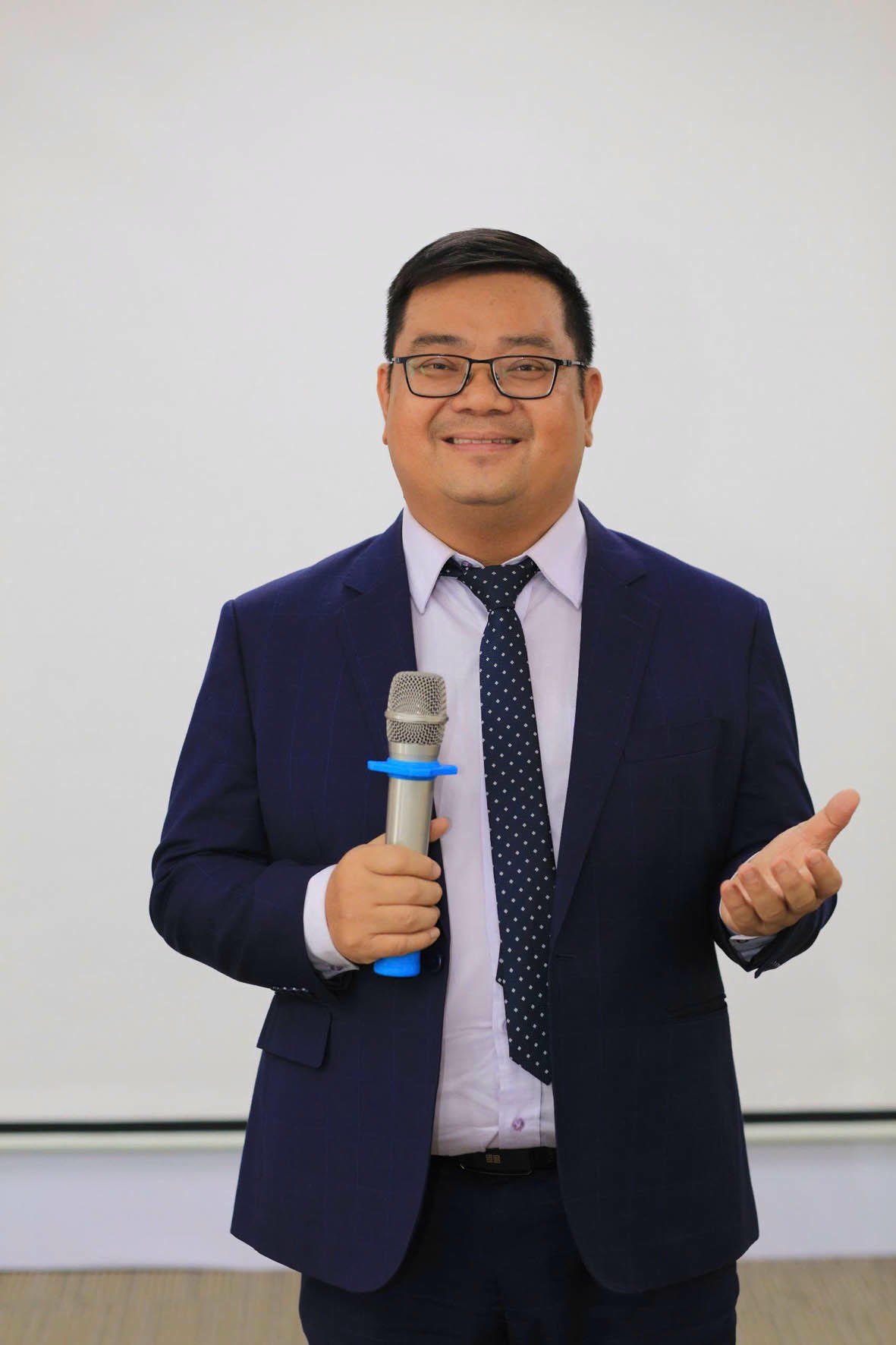
AI is creating an unprecedented revolution in education. It can help prepare lesson plans, grade, and analyze student performance in just a few minutes - tasks that previously took teachers hours. But that convenience also raises a big question: If machines can teach knowledge, what will teachers teach? In my opinion, that is the moment when teachers need to change roles - from transmitters to guides. AI can teach "knowledge", but only humans can teach "how to think" and "how to live". Teachers are no longer the ones standing in class explaining, but become the designers of learning experiences - the ones who help students learn how to learn, how to explore, how to criticize and create.
We have many dedicated teachers who are willing to innovate, but they are not supported enough in terms of training and policies. Most teachers today learn technology by doing it themselves, without any formal training program on digital skills. This leads to two consequences: first, teachers are “overloaded with technology” - they know many tools but do not know how to apply them properly; second, the quality of teaching using technology is not really effective. Without a national policy on training and fostering teachers to adapt to digital technology and AI, we will create a huge gap between goals and reality.
I think three key policies are needed: Retraining and upgrading digital competency standards for teachers. The Ministry of Education and Training should soon issue a national digital competency framework for teachers, as a basis for teacher training programs. Continuous training policy. Teachers should not only learn once, but also be updated with technology every year, have a support network, and have a “lifelong learning center for teachers”. Public-private partnership policy. Technology companies, universities and educational institutions should participate in the training process, both providing tools and training practical application skills. The State plays the role of “policy maker”; and teachers are the “heart” of that transformation process.
From the perspective of training and human development, I want to tell teachers that: AI is not your opponent, but a tool to help you become stronger. The value of a new-age teacher is not measured by the number of teaching hours, but by the ability to lead, inspire and awaken the potential of students. Turn each lesson into a life experience where students learn to think, cooperate, love and commit. Then, no matter how much technology develops, the teacher will still be the center of education - the one who lights up intelligence and personality.
Mr. Phan Van Hung - Technology Director of HDAMC and Vietory Group:
Teachers in the AI era need to be equipped with four essential groups of competencies.
In the age of AI, the role of teachers is profoundly changing from “knowledge transmitters” to “learning guides”. Previously, teachers were considered the main source of knowledge, the “living encyclopedia” that students needed to access. However, when students can easily search for information through Google, ChatGPT or online learning platforms such as Khan Academy, Coursera, the role of “knowledge warehouse” of teachers is no longer an exclusive advantage. From my experience (training “AI Application in Education and Training” for teachers at many universities and high schools, co-authoring the book: “Teachers Master AI”...) today's students are extremely agile. Young people have used AI a lot in their studies. They use it to ask and answer questions about what they have learned, learn new knowledge, prepare content for essays or presentations. There are even cases where it is used to do homework for them. I also have specially designed courses for students called “Master AI, Double Your Learning Power” to guide students on how to use AI properly and effectively.
In Vietnam, the 2018 General Education Program has guided this transformation by emphasizing the development of students’ abilities and qualities instead of focusing solely on imparting knowledge. Modern teachers are not the ones who provide answers, but the ones who ask the right questions, stimulate critical and creative thinking. They need to move from “the wise man on the podium” to “the person who guides along the way”. In the world, this trend has been applied by many developed countries. AI-era teachers help students navigate the sea of information, distinguish between accurate and false information, and develop lifelong learning skills – things that AI cannot replace.
In the world, the concept of “learning experience design” is becoming a new standard. “Learning experience designer” is a new role of teachers, fundamentally different from the traditional teaching method. Instead of standing on the podium and imparting knowledge in a one-way way, modern teachers need to create rich, diverse and meaningful learning experiences for students to actively explore and construct knowledge. One-way teaching methods are still popular in many schools in Vietnam. However, pioneering schools in big cities have begun to apply active teaching methods such as Project-Based Learning, Flipped Classroom and Experiential Learning. The Ministry of Education and Training has encouraged innovation in teaching methods, but needs to invest more heavily in facilities and teacher training so that teachers in the AI era are equipped with four essential groups of competencies: understanding technology, managing data, teaching through situations, and nurturing critical thinking.
Although the Government has issued the National Strategy on Digital Transformation to 2025, with a vision to 2030, teacher training on AI and digital technology has not been implemented evenly. Many training programs are formal, lack practice and are not linked to the actual needs of teachers. Therefore, specific and synchronous policies are needed such as: building a digital competency framework for teachers; developing continuous and practical training programs; building a network of pioneering teachers; investing in facilities and digital infrastructure; incentive and recognition policies when teachers are proficient in technology and effectively apply AI to motivate teachers to self-study and innovate; and cooperating with technology enterprises.
Source: https://baophapluat.vn/ai-khong-thay-the-giao-vien-ai-sang-tao-cung-giao-vien.html


![[Photo] General Secretary To Lam receives Vice President of Luxshare-ICT Group (China)](https://vphoto.vietnam.vn/thumb/1200x675/vietnam/resource/IMAGE/2025/11/15/1763211137119_a1-bnd-7809-8939-jpg.webp)

![[Photo] Prime Minister Pham Minh Chinh meets with representatives of outstanding teachers](https://vphoto.vietnam.vn/thumb/1200x675/vietnam/resource/IMAGE/2025/11/15/1763215934276_dsc-0578-jpg.webp)



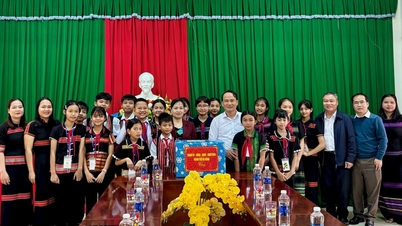

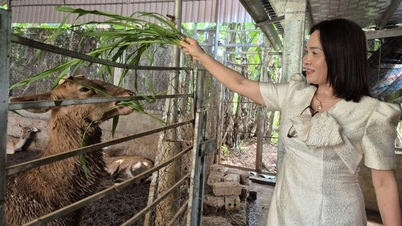

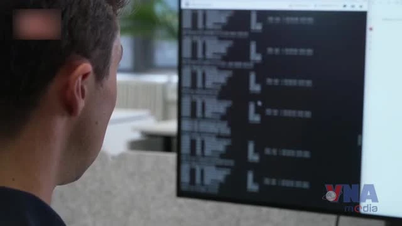

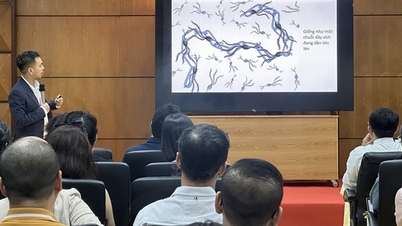

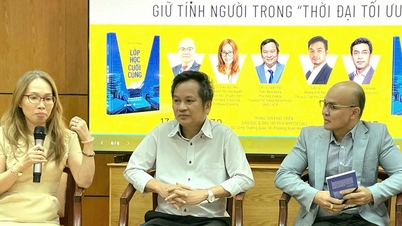

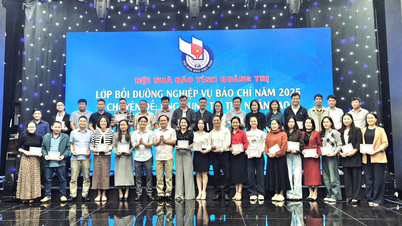








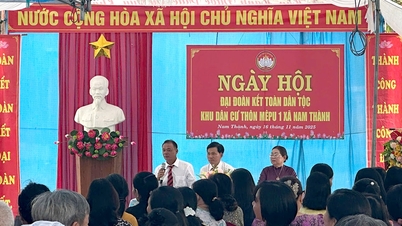






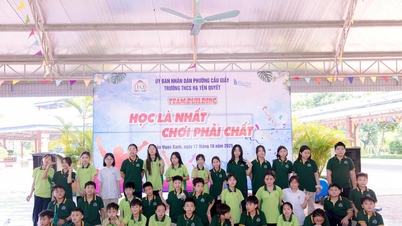
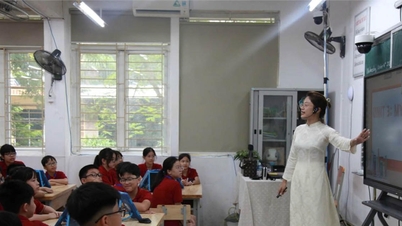
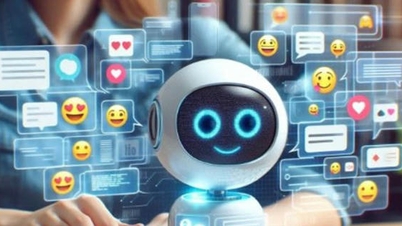

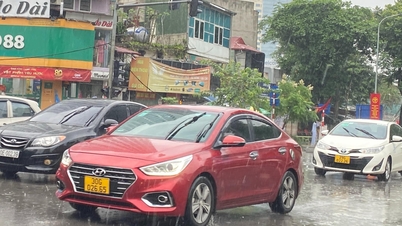






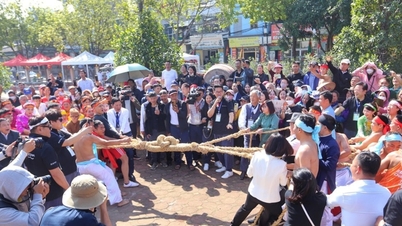






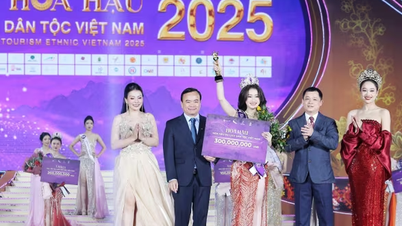

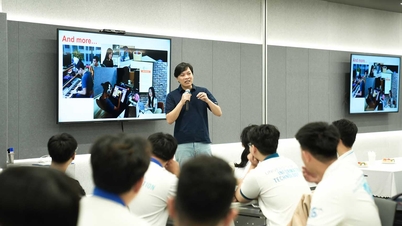




















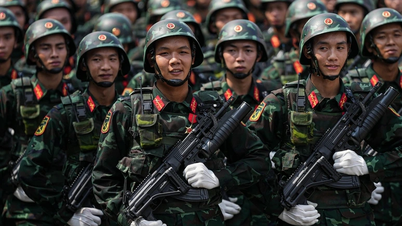

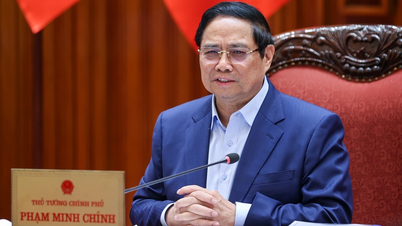








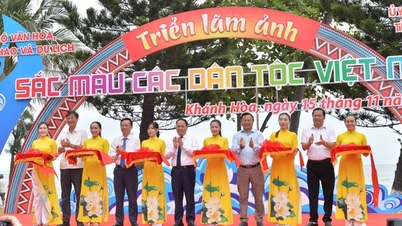






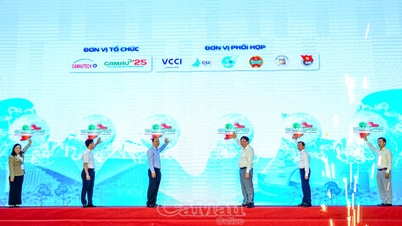


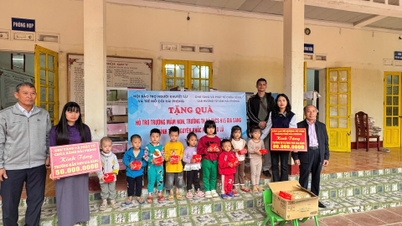














Comment (0)